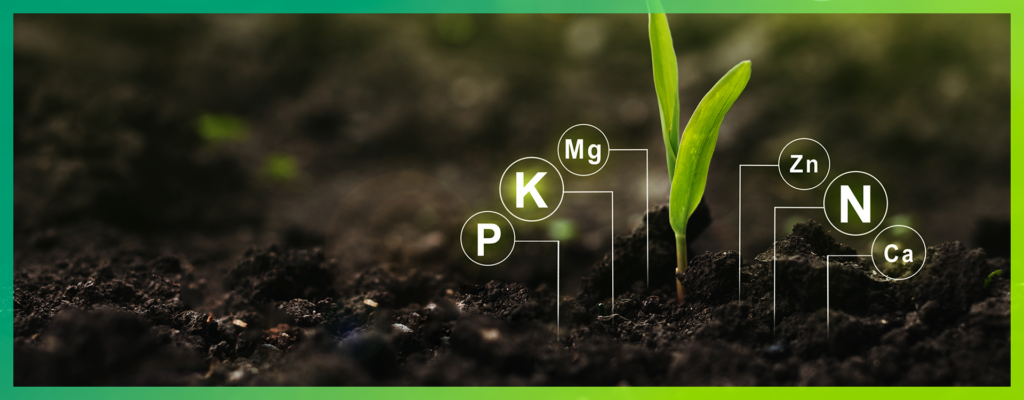Our mission involves helping growers get the most from their crops. Superior technology from Redox Bio-Nutrients, bolstered by new scientific understandings, make this possible. We can do more with less. It all starts with understanding balance; what it is and why it is critical for success at the farm level.
Nutrient Balance: This refers to the equilibrium of essential nutrients (macronutrients and micronutrients) in soil and their availability to plants. Proper nutrient balance is vital for plant growth and productivity; imbalances can lead to deficiencies, toxicities, and prevention of secondary metabolic activity which negatively impact plant growth, health, and yield.

Soil Health Balance: This encompasses the physical, chemical, and biological properties of soil that support its functionality. Healthy soil features structure and chemistry that supports microbial life via organic matter, nutrient availability, and carbon cycling. Balanced soils also promote disease suppression through beneficial microbes that outcompete pathogens.
Plant Charge Balance: This equilibrium encompasses the electrical charge of plant cells, organs, and tissues crucial for maintaining plant signaling and overall plant health. This balance primarily involves cations (positively charged ions, such as potassium, calcium, and magnesium) and anions (negatively charged ions, like nitrate, phosphate, and sulfate). It is essential for nutrient uptake, water regulation, and overall plant vitality. Disruptions can lead to stress and hinder growth, making plants more susceptible to diseases.
Interconnections:These elements are interlinked: healthy soil fosters nutrient availability, which supports plant charge balance. Well-balanced plants contribute organic matter back to the soil, enhancing its health and carbon cycling. A steady soil, nutrient, and plant system leads to a crop that can adapt to its environment when faced with abiotic stress, pests, or diseases ultimately increasing yields.
Understanding and managing these interconnections is key to achieving sustainable agricultural production and ecosystem resilience.
Subscribe to receive our Redox Bio-Nutrients updates